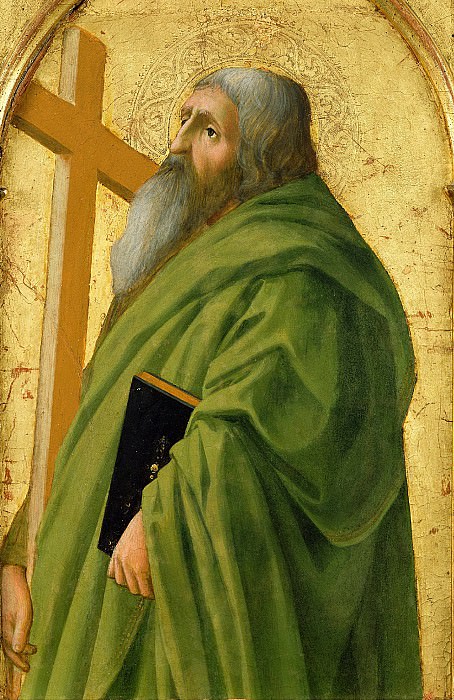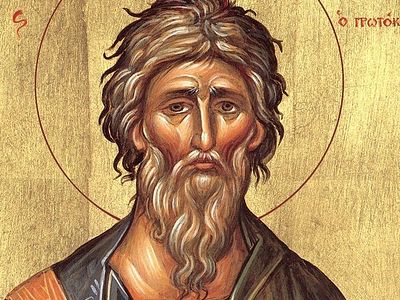حسام الدین شفیعیان
وبلاگ رسمی و شخصی حسام الدین شفیعیانحسام الدین شفیعیان
وبلاگ رسمی و شخصی حسام الدین شفیعیان/Andrew the Apostle/
Gregory begins with a statement that he came upon a book of the deeds of Andrew and states his goal of extracting only the stories of his miracles, since the verbosity of the speeches “breed weariness.” He then reports the travels of Andrew from Pontus by way of Amasia, Sinope, Nicaea, Nicomedia, Byzantium, Thrace, Perinthus, Philippi, and Thessalonica to Patras (chaps. 2–21), followed by his activities in Acts in Patras and Achaea (22–35), and briefly, his martyrdom (35–38).

/Andrew the Apostle/
St. Andrew, the Holy Apostle, is the first apostle to follow Christ. Later, he brought Apostle Peter, this brother, to Christ.When Baptist John started to preach, the Holy Apostle became his closest disciple. St Andrew was there as Christ started his public ministry and Saint Mark and Saint Matthew tells us that St Andrew and Peter left everything they had in order to follow Jesus.

/Andrew the Apostle/
Despite his seemingly important role as an early follower of Christ, Andrew is only mentioned 12 times in the entire New Testament—and four of those times are simply lists of the 12 apostles. He comes onto the scene early in the gospels, but only plays a minor role. However, his prominence in the lists of disciples and the few glimpses we get of him seem to suggest he was one of the main apostles—even if he wasn’t one of the “pillars of the church” (Peter, James, and John).

عیسی مسیح
و همان آیت آسمانی را به آنها زمان داد و دیدند همان آیت یونس را آن هم در آسمان.

